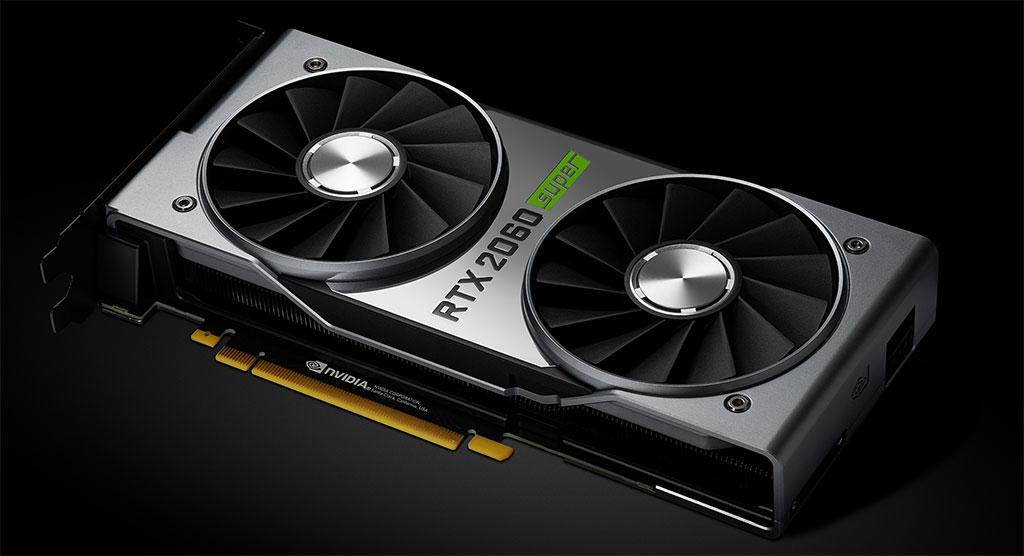Nvidia scientist predicts first game to require a ray tracing GPU will ship in 2023
Would you take that bet?

I did a double take when I read a tweet by Morgan McGuire, a distinguished scientist who works at Nvidia Research on ray tracing, augmented reality, virtual reality, and other things. At first glance, I thought he had made a prediction that all triple-A games will "REQUIRE" (in all caps) a ray tracing GPU by 2023. Instead, he predicts we will see the first game to require such a GPU by then, and I'm not so sure he's wrong.
I'm not so sure he's right, either. Before I get into his prediction, here's his tweet:
I predict that the first AAA game to REQUIRE a ray tracing GPU to run will ship in 2023, and every gaming platform will offer accelerated ray tracing by that year. #SIGGRAPH https://t.co/orlS2Ka51Y pic.twitter.com/lETomAM9b7July 28, 2019
"I predict that the first AAA game to REQUIRE a ray tracing GPU to run will ship in 2023, and every gaming platform will offer accelerated ray tracing by that year," McGuire says.
Nvidia has an obviously vested interest in seeing developers embrace real-time ray tracing—its GeForce RTX cards are the first consumer offerings to wield dedicated hardware for ray-traced visuals. It's actually a hybrid solution through Microsoft's DirectX Raytracing (DXR) API. Parts of a scene get ray-traced, while other parts use good old fashioned rasterization rendering. This allows for realistic lighting and reflections in things like puddles and certain objects, without overburdening the graphics card on parts of a scene where ray tracing does not matter as much.
Graphics hardware would have to make a giant leap before we see a fully ray-traced game, at least in the triple-A category. That's what makes me hesitant to buy into McGuire's prediction. Assuming triple-A games are still going the hybrid route, I have a hard time imagining a developer saying in effect, 'Either you enable real-time ray tracing, or you don't get to play'.
As for the second half of his prediction, it's true that Sony and Microsoft are developing game consoles with ray tracing support. Both the PlayStation 5 and Project Scarlett (the next flagship Xbox console) will run an AMD Navi GPU that supports ray tracing. Those will likely come out in 2020. Who knows what Nintendo will do, though—the Switch is proof that Nintendo does not feel compelled to compete with Microsoft and Sony on hardware specs.
In any event, what do you think about McGuire's prediction? Will we see the first AAA game to require a ray tracing GPU by 2023, or is that too soon?
The biggest gaming news, reviews and hardware deals
Keep up to date with the most important stories and the best deals, as picked by the PC Gamer team.
Paul has been playing PC games and raking his knuckles on computer hardware since the Commodore 64. He does not have any tattoos, but thinks it would be cool to get one that reads LOAD"*",8,1. In his off time, he rides motorcycles and wrestles alligators (only one of those is true).


